
views
Learning About Safe Room Construction
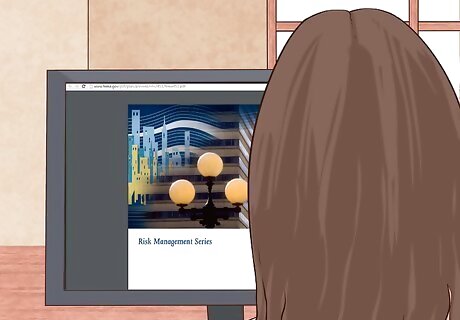
Plan for safety. Before building your safe room, you must take several factors into account to ensure that the safe room serves its purpose of protecting its occupants, and does not pose a hazard. It is crucial that you start by reading the government manual available at https://www.fema.gov/pdf/plan/prevent/rms/453/fema453.pdf. This manual will provide design considerations, potential risks, structural design criteria, information about air filtration, and other considerations that will keep you and your family safe. If you do not read this manual, you risk designing a safe room that could put your family at risk through faulty design or construction. However, the details provided by FEMA in their P-320 drawing series are, at least for wood framed construction, only a starting point.
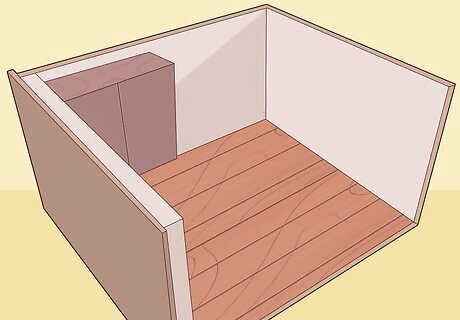
Learn about the particulars. The safe room's construction and design must be reinforced and built to withstand storms and threats of attack; be sure you understand these factors as you plan and build the safe room. There are 5 levels of tornadoes and 5 levels of hurricanes, for instance, each demanding different levels of protection. If you live in an area that has never experienced an EF-3 tornado, there is questionable need to have an EF-4 rated shelter, for instance. The room must be constructed out of material that can withstand high winds as well as heavy debris that may be flying around, for instance in a tornado situation. Concrete walls are a great choice, but if you want to adapt an existing wooden-walled room, you can reinforce the insides of the walls with steel sheathing. The room should not have windows, but if it does, they should be very small (too small for a burglar to crawl through) and constructed of Plexiglass to prevent shattering. The room must be anchored securely to ensure that it does not lift or overturn in high winds or a tornado. You will need to design the walls, door and ceiling to be able to stand up to high wind pressure, as well as resist penetration or crushing from flying or falling debris. Note that FEMA's P-320 design guidelines make no mention of the varying storm strengths and thus appear to be designed to protect against an EF-5 tornado (which has twice the wind speed of an EF-2). That does not mean, however, that protection against an EF-2 tornado need be only half as strong. A structural engineer will be needed to make those decisions. You need to make sure that the spaces where the room is connected, like wall and ceiling joints, are designed to withstand wind. Additionally, the structure should be independent of surrounding rooms in your home or business, so that any damage done to the home will not affect the safe room. A below-ground safe room must be able to withstand flooding or water accumulation in the event of heavy rains. The door should open inwards, in the event that a storm piles debris outside the door. It should also be constructed of heavy material that cannot be kicked in by an intruder or blown in by a storm. Solid wood or metal doors are a good option; consider using an exterior heavy wooden door for an interior safe room, and reinforce the sides with metal for added security.
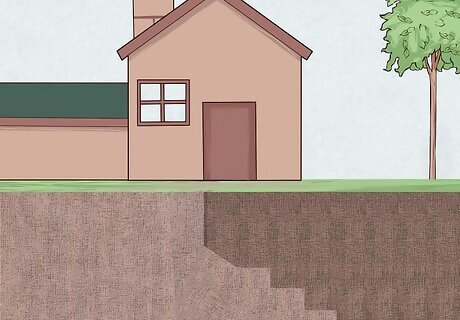
Know the best place to build or create a safe room. The safest place for a safe room is underground; a first-floor interior room is also a good location. If you have a basement, this is the most ideal location for a safe room if you are concerned about tornadoes or other storms with high winds. It is the most secure location, away from exterior walls. The garage is also a great option, as it usually has quite a bit of space for construction and, provided you keep the garage tidy, less risk of falling debris during a storm.
Planning Your Safe Room
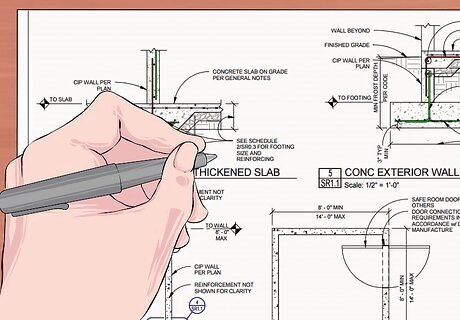
Plan the type of safe room you need. Depending on the number of people you need to accommodate, the available space you have to work in, and your budget, your choices might vary. The goal is to be safe; but some safe rooms may be more convenient or attractive than others. A yard bunker safe room is designed to be dug into and installed underground. One outside door opens to above ground, and you can purchase units to fit any number of people. Steel or concrete is your best choice because fiberglass shelters run the risk of cracking. Above-ground shelters can be attached to the outside of a home, or they can be situated within the interior. Some can be designed so that they are indiscernible to the untrained eye, and other rooms are large enough to accommodate many people (for example, at a school or church). These can be built or purchased prefabricated, which is slightly pricier but will ensure that they are built to code. If you are in the construction phase of a new home or business, the safe room can be built into the plans as an additional room in the building.
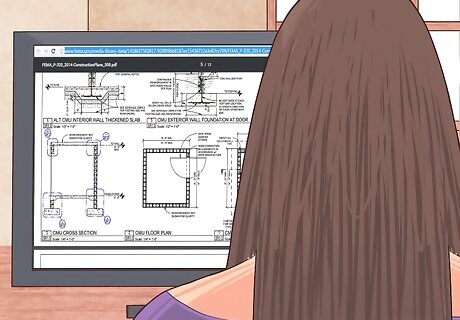
Obtain or create a construction plan. Before beginning construction, its important to create accurate plans that are designed to government specifications. This will ensure that your safe room can live up to its name. You can obtain free safe room construction plans and specifics at https://www.fema.gov/media-library/assets/documents/2009. You can use these to design your own safe room or work with a contractor on its construction. Purchase code guidelines to help you plan to build your storm safe room to code. These guidelines are written by the International Code Council, which sets code standards worldwide.
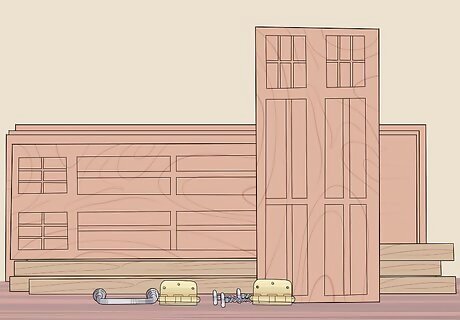
Gather your supplies and begin construction. Depending on the plan you follow, you will need various supplies potentially including concrete, steel bars, a heavy wooden door, and deadbolts. Consider using anchors that are power driven around the unit's wall perimeter to avoid horizontal movement and uplift in relation to the concrete floor slab. These are available for masonry as well as wood framed construction. To avoid vertical movement of the roof assembly, look into Simpson Strong Tie anchors. For wood framed structures, be sure that your ceiling and walls are securely anchored to the bottom plate. FEMA's P-320 design guidelines should be consulted but due to their incompleteness and errors with respect to metal ties, be cautious. Wood framed structures will use plywood as protection against flying debris and on each side of the stud framing to strengthen the wall. The layers and thicknesses will depend on what amount of protection you desire. A layer of sheet steel or kevlar can be added, again according to the amount of protection you need, placing any inside protection on the room side and any outside protection under the outside plywood. Or you can fill between the studs with masonry units. Install a door with a 2-inch (5 cm) dead bolt lock.
Retrofitting an Existing Room into a Safe Room
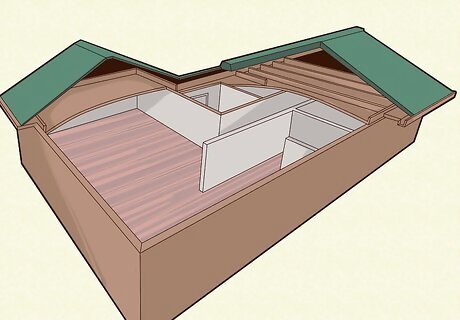
Select your room to retrofit. Retrofitting an existing room in your home or business is the cheapest and simplest way to protect your loved ones from storms or intruders. While building or installing a prefabricated safe room can cost between $2500-$6000, you can retrofit an existing room for a thousand or less. Choose a room that is in the interior of the house with no windows or skylight, and no walls shared with the outdoors A large walk-in closet works well.
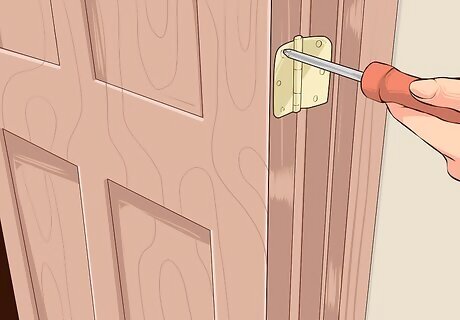
Replace the door. A safe room needs a door that can withstand high winds or being kicked in by an intruder, and should ideally open inwards rather than outwards in case debris is stacked outside the room during a storm. Remove the existing door and doorjamb. Replace the doorjamb with a steel one, and reinforce the surrounding wood with steel angle iron (which will prevent the door from being kicked or blown in). Replace the door with a heavy, solid wood door (such as one sold as an exterior front door for a home) or with a heavy steel door. Mount it so that it opens inwards rather than out.
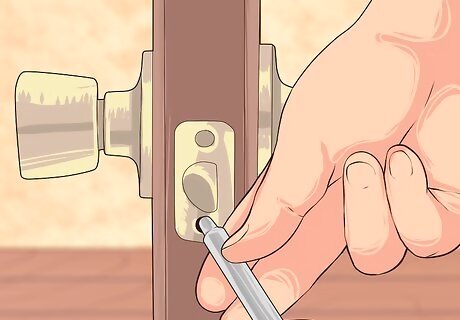
Install locks. You can choose if you want to use a traditional deadbolt or a keyless deadbolt. The keyless deadbolt has the advantage that you don't have to find the key in case of an emergency, but can be dangerous if you have small children in your household who may lock themselves inside. Before installing the new locks and doorknob, reinforce the wood around them by installing steel or brass strike plates, which you can purchase at most hardware stores. Install the locks so that the door locks from the inside. If it's a traditional deadbolt, be sure to make a copy of the key and keep the keys in two separate but easily accessible locations, where you can find them immediately in case of emergency.

Reinforce the walls and ceiling. If you are adding the safe room to new construction, you can reinforce the walls and ceiling with concrete, chicken wire, or steel sheeting before adding dry wall and paint to the walls. If not, you will need to tear out the existing drywall to reinforce the walls. The most cost-effective way to reinforce the walls is by pouring concrete into the cavity between the 2x4s in the walls. Then, screw plywood or 1-1/8″ oriented strand board to the 2x4s on either side. You can then cover this with drywall and paint. You can also screw steel sheeting to the 2x4s and cover with drywall and paint. You will need to use steel sheeting or chicken wire in the ceiling, which can be done from the attic if you're in a one-story home, or applied directly to the ceiling (less attractive, but chances are good no one will be looking at the ceiling of your closet safe room).
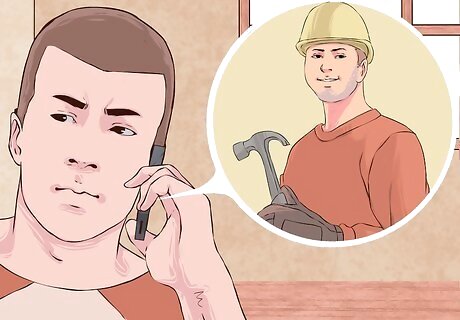
Contact a contractor for help. If you want to create a more complicated or stand-alone structure, its important that it is up to code. If you don't have a lot of experience with construction, you can contact a contractor or local storm shelter company for help planning and installing your project. Ask around for recommendations of local contractors. Ask family or friends who have recently remodeled or done construction work, or contact the National Association of the Remodeling Industry or a local building inspector, who will be able to point you in the right direction.
Stocking Your Safe Room
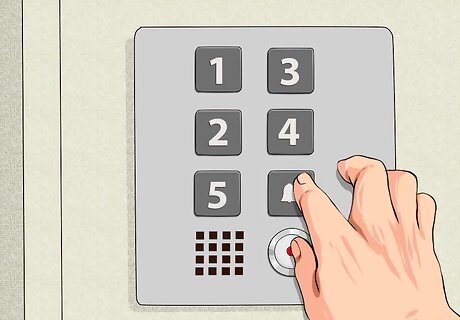
Consider luxury details. A basic safe room will keep your family safe, but if you want to add additional features for a more high-end safe room (particularly for a very expensive home that is at risk of burglary), you have several options: A camera monitoring system. A high end security system, installed by professionals, can allow you to monitor your home from the inside of the safe room in the event of a home invasion.

Stock your safe room with food and water. In the event of a storm or terrorist attack, you may have to stay in the safe room longer than expected. It’s important to be prepared with essentials for your family, as well as any unexpected guests who may have to share your safe space. Start with a minimum of three gallons of water per person that fits in the occupancy of the room. Its easy to see how supplies can quickly fill up the safe room space: if you have a safe room that accommodates five people, you'll need fifteen gallons of water. Store nonperishable food items in the safe room, such as cans of beans or ready-to-eat soup (don't forget a can opener), boxes of cookies or crackers, granola or protein bars, and cans of infant formula or powdered milk. While it's a good idea to plan for a three day stay in the shelter, if you have enough space it's a good idea to store more. In the off chance that a hurricane or tornado could wipe out the neighborhood, you might need more supplies to help support your neighbors until help arrives. Remember to periodically rotate your supplies so that nothing expires or goes rancid (even nonperishable foods expire eventually).
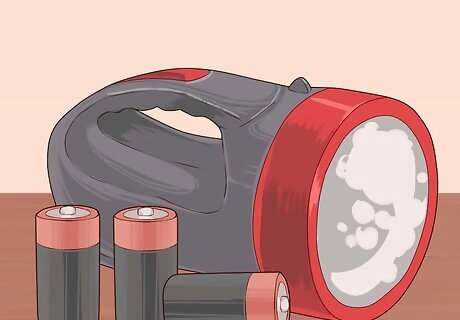
Consider other supplies you might need. In the event of a storm, you may need other supplies to support you and your family until the storm is over or until help arrives. You will need a battery operated radio, at least one large flashlight, and several extra batteries. Consider a change of clothing and blankets for each member of your family. Be sure to pack a well-stocked first aid kit, complete with any medications that your family members take regularly as well as bandages, antibiotic ointment, small scissors, gauze wrap, and ibuprofen. Stock the safe room with several rolls of duct tape and plastic sheeting, for sealing doors and covering ventilation in the event of nuclear or chemical warfare. You can place a power generator inside the room, make sure you have a good ventilation and also the fuel source, the best way is the lpg gas tanks, as it’s designed into a pressure tank, so it is a more convenient fuel source, just put in as many tank you want.












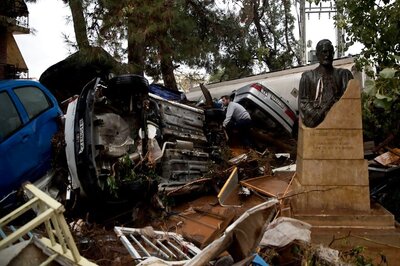




Comments
0 comment